Hovering Among Us
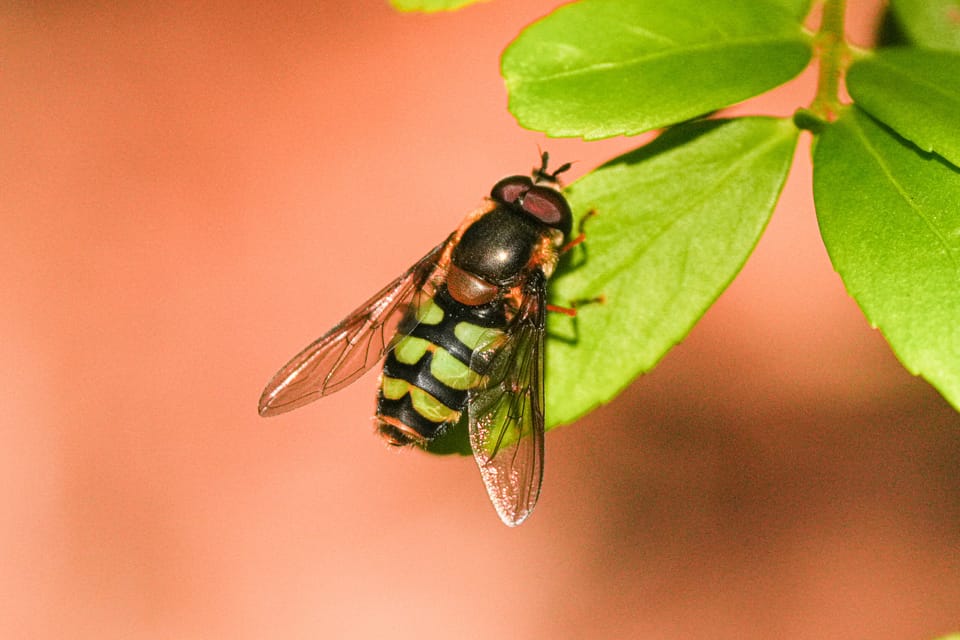
When people think about pollinators they likely think about bees, but scientists are beginning to realize that another group of overlooked insects is equally, and perhaps even more, important.
You may not realize that you see hoverflies all the time, but it's possible you've been dismissing them as a type of bee or wasp. If so, you'd be forgiven because in one study most people thought these bee-mimicking flies were either bees, or as dangerous as bees, based on their superficial appearance.
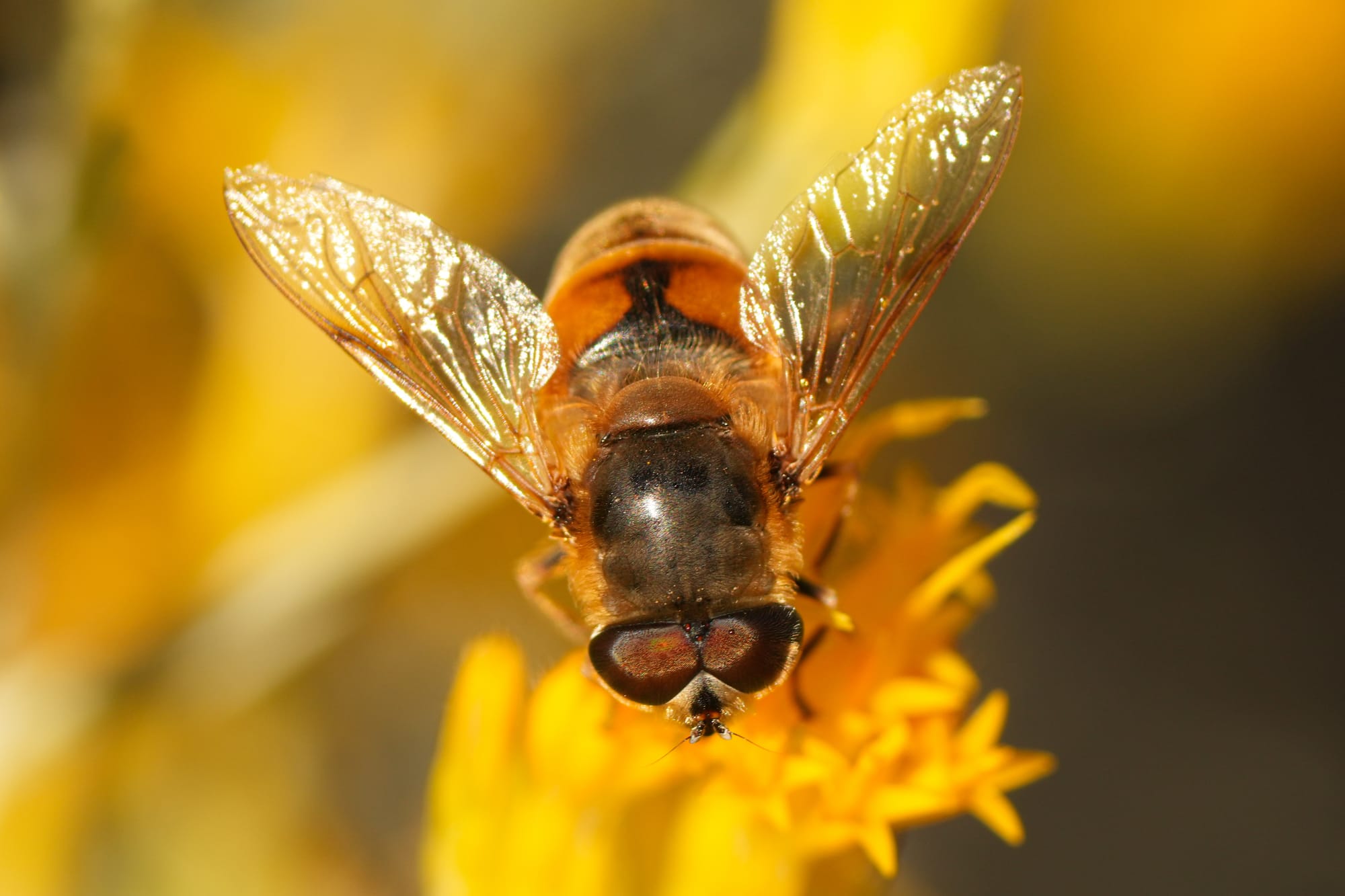
It's also possible that you know these unique flies from seeing them hovering in midair and quickly darting back and forth as you walk along a forest trail. Once you start looking for them, you'll almost certainly notice dozens of hoverflies on all your walks from now on.
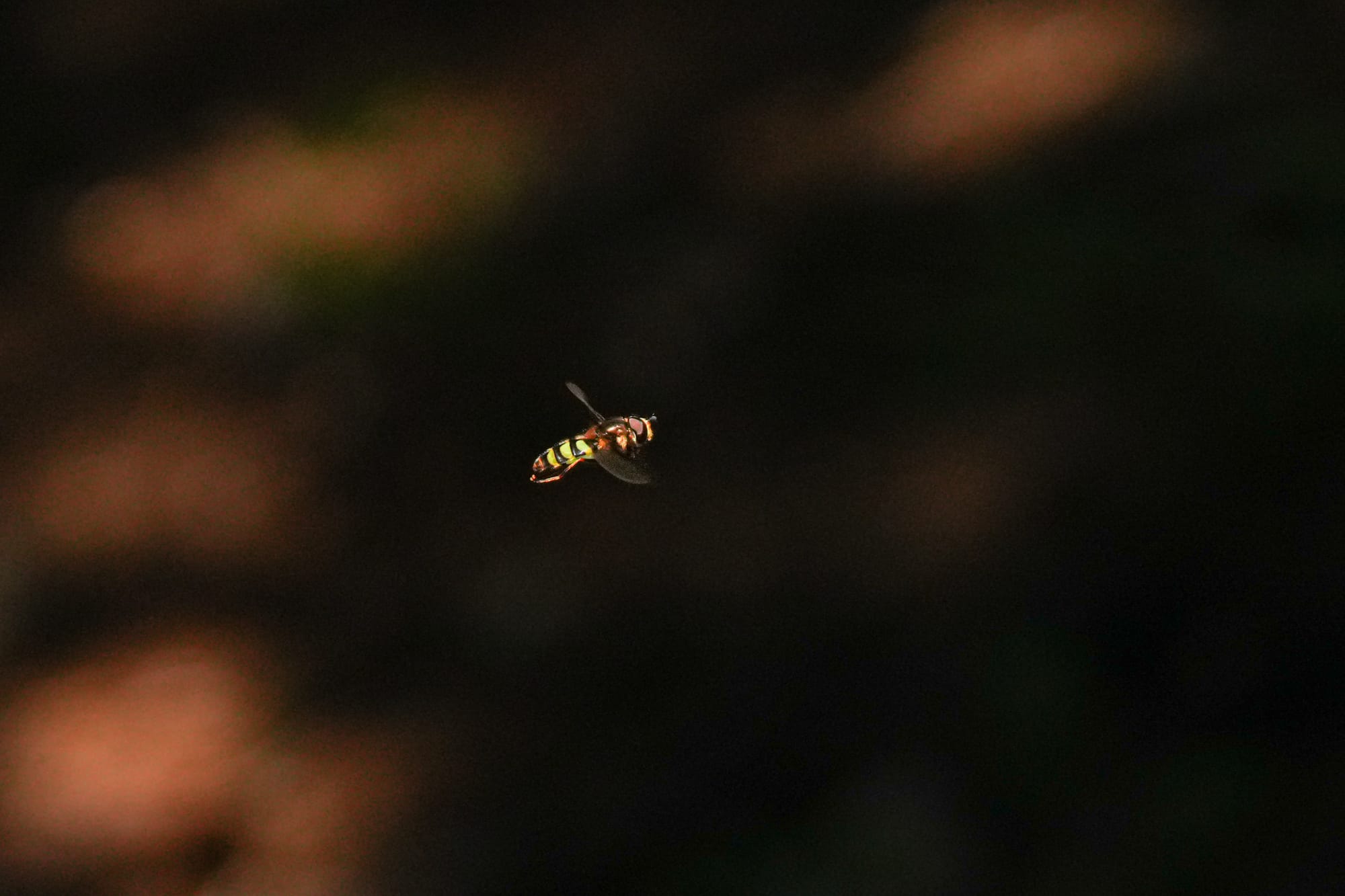
While it's vaguely interesting that there are over 6000 species of hoverflies in the world, and that they are common everywhere except Antarctica and some remote oceanic islands, what's been overlooked until now are their sheer numbers. In southern Britain alone, for example, two species of British hoverflies comprise an estimated 4 billion individuals (compared to an estimated 5 billion honeybees in ALL of Britain), and that doesn't even count the other 268 species of hoverflies found in Britain.
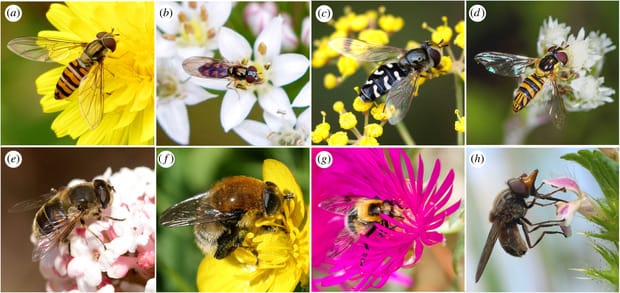
Hoverflies are now known to be the second most important pollinators in the world after bees, pollinating over 70% of all global food crops and over 70% of all animal-pollinated wildflowers—but there's so much more to their story.
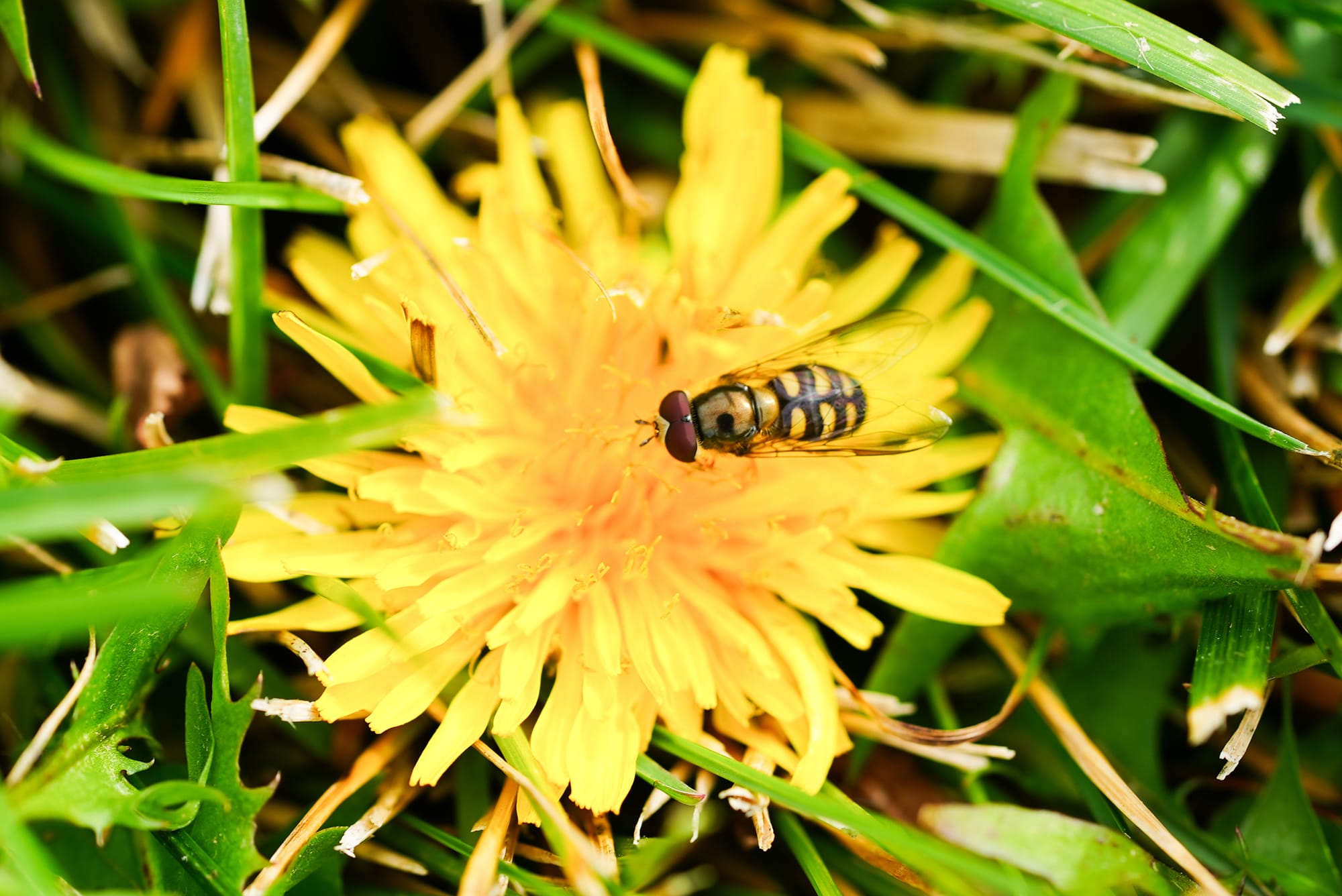
Because bees collect nectar and pollen to feed babies at a hive, they rarely fly more than a mile in search of flowers, which means they carry pollen short distances and only pollinate flowers within a limited area.
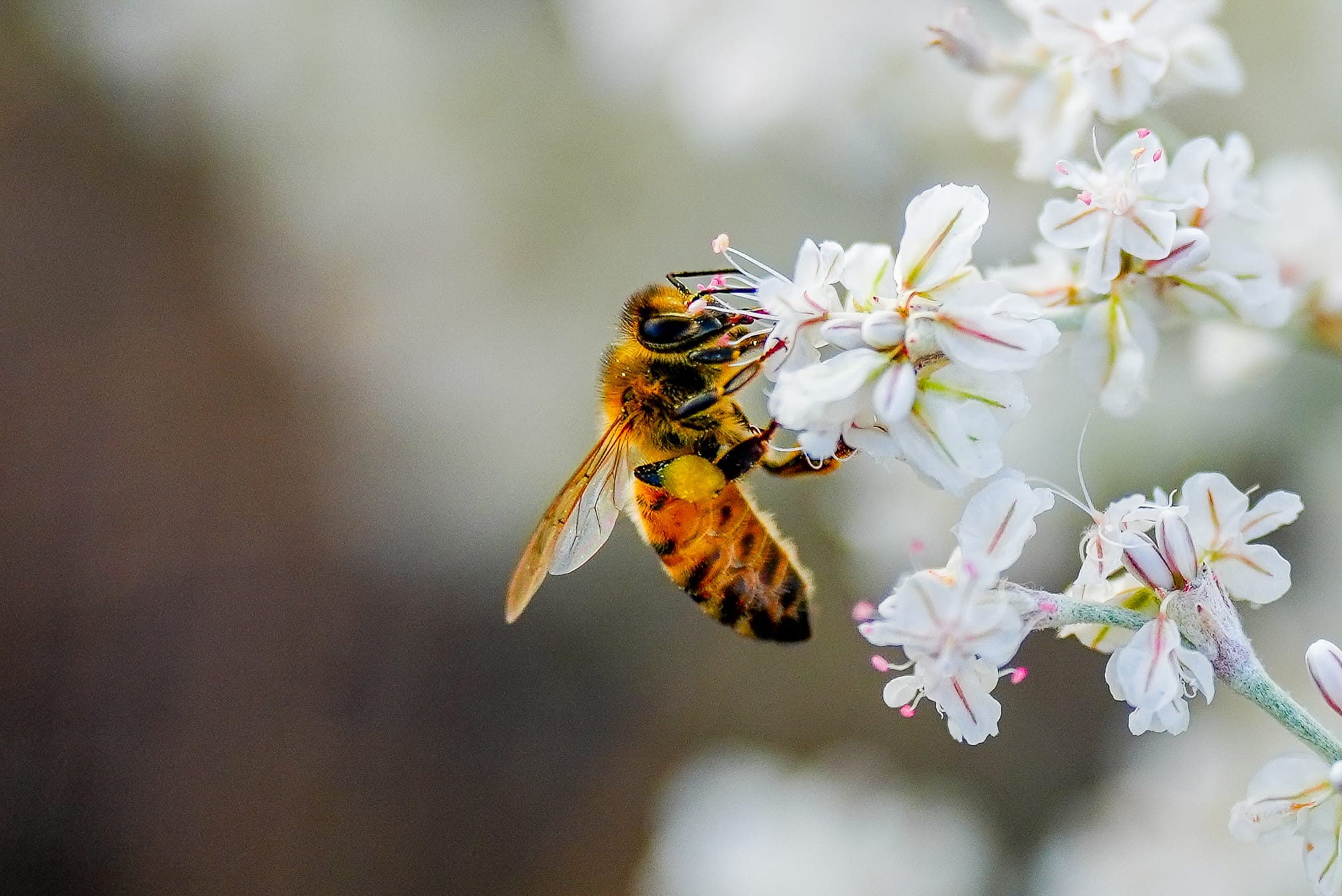
On the other hand, hoverflies collect nectar and pollen for the purpose of fueling their flights, so this frees them up to range much, much further. In fact, many species of hoverflies migrate and readily carry pollen a hundred miles in a single day or thousands of miles over the course of their migration. Such long-distance pollen dispersal contributes significantly to the genetic mixing of plant populations, promoting plant health and higher seed production.
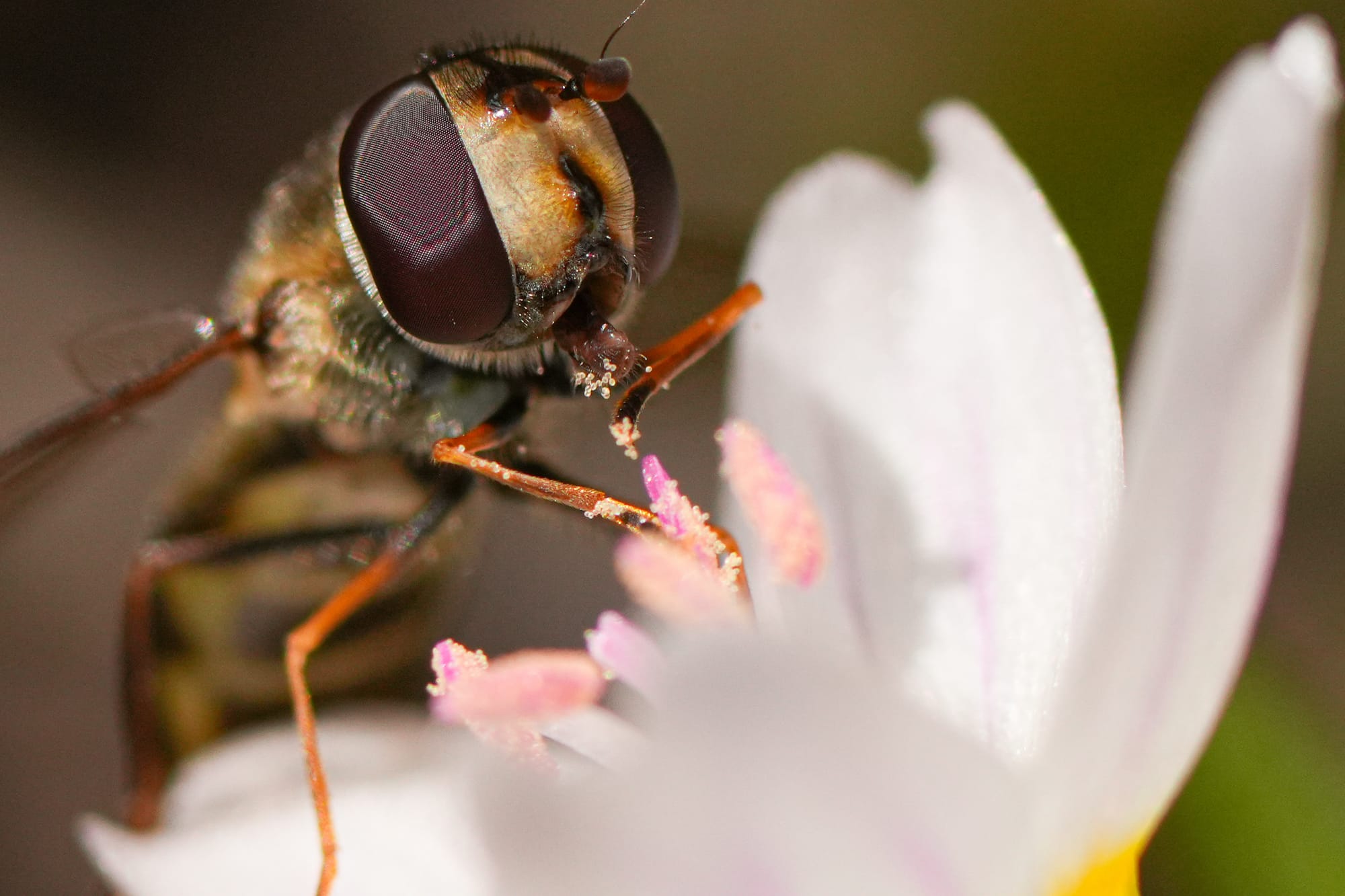
Another reason why hoverflies are more beneficial than bees is that the larvae of many hoverflies specialize on eating aphids and other plant pests. In fact, it seems that plants have evolved multiple ways to specifically attract hoverflies because hoverfly larvae will eat huge numbers of aphids and can reduce aphid populations by 70-100%.
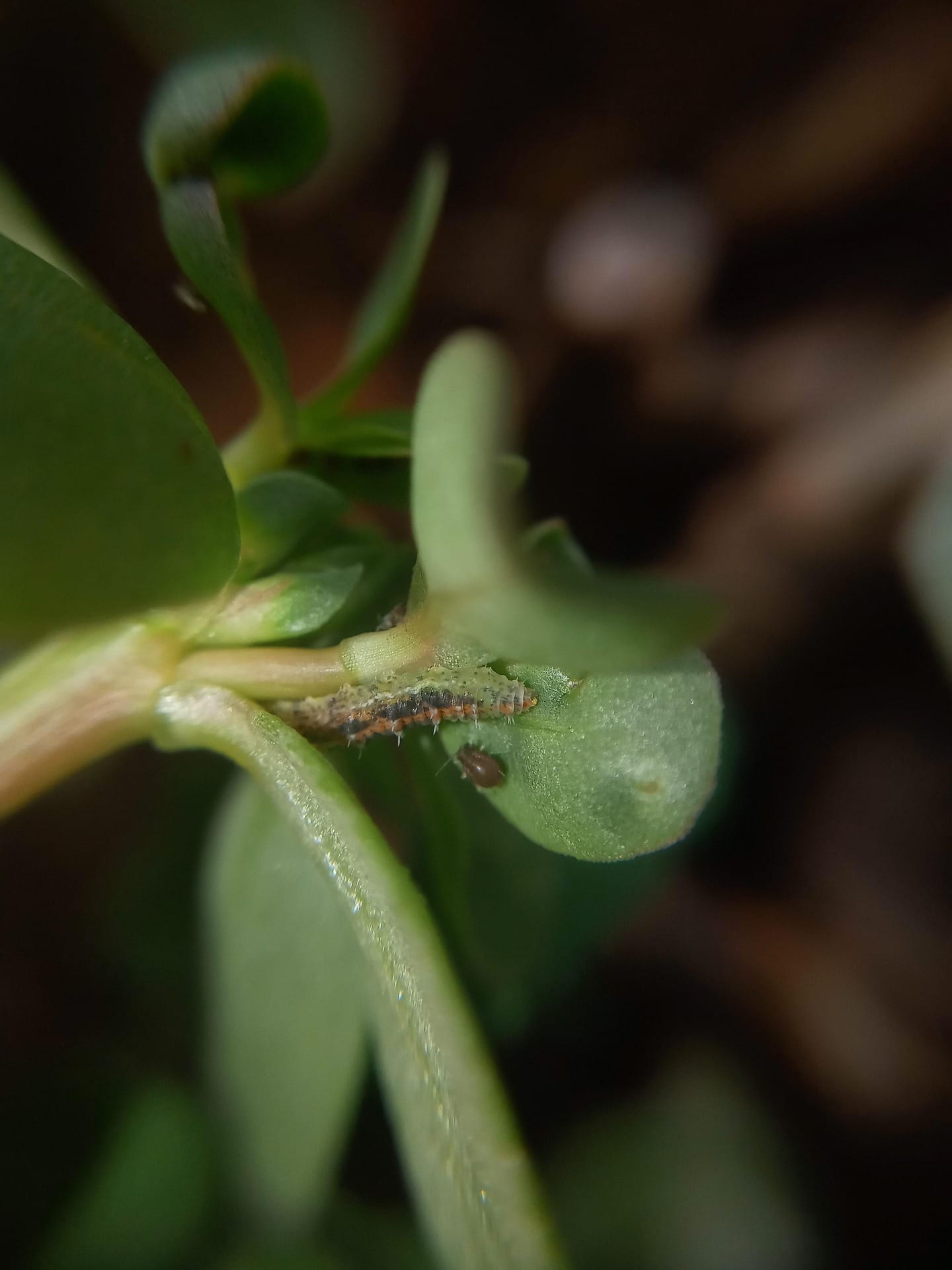
The distinctive hovering of hoverflies is also a subject of much interest and speculation because it takes a ton of energy to hover but they still do it all day long. One scientist has cheekily proposed that hoverflies spend all day hovering in one spot because it's their "resting" state. After all, they have access to almost unlimited nectar and pollen, and they have to do something with their day, so why not hover?
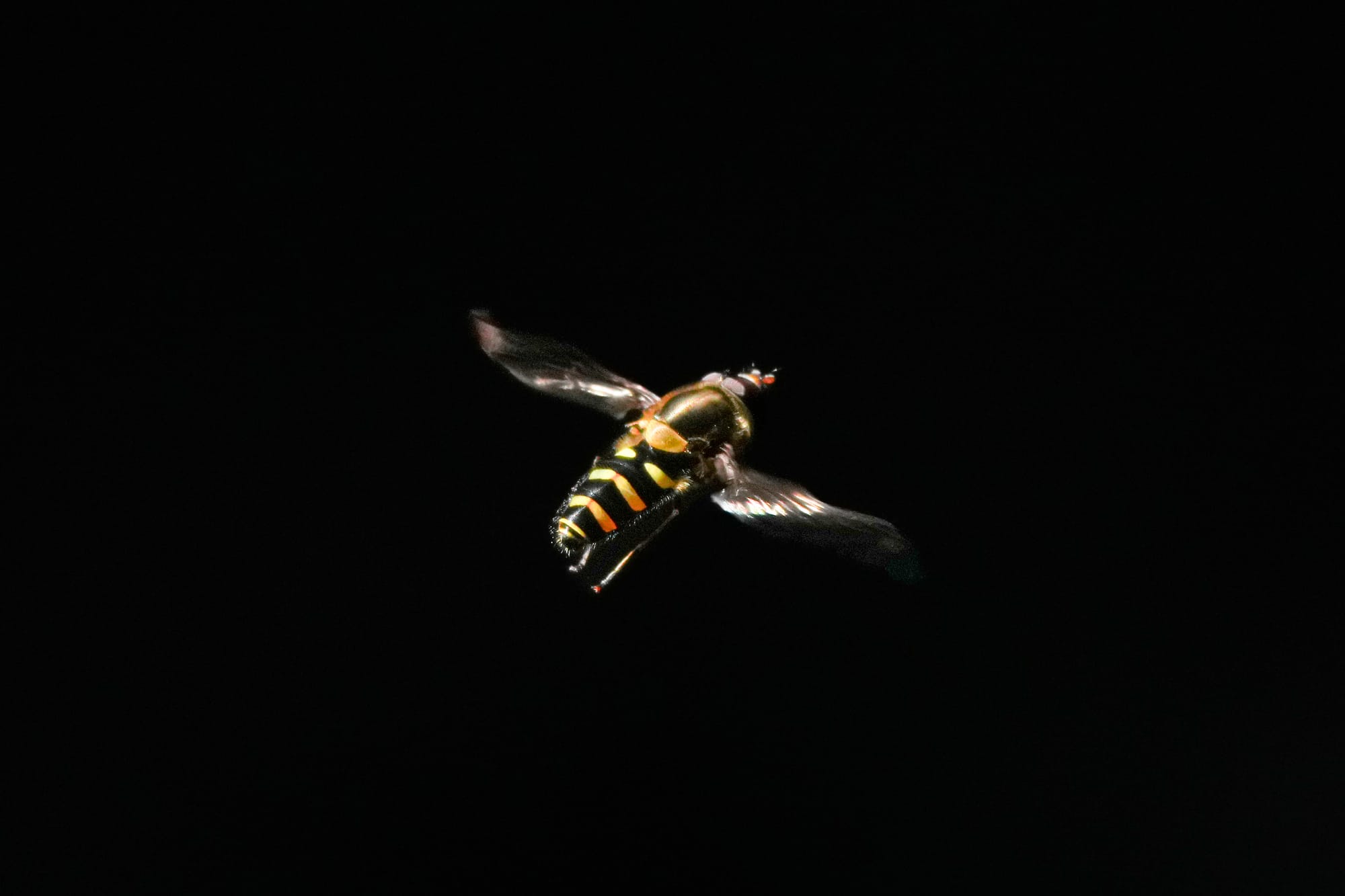
More realistically, hovering offers many advantages. Males seem to use hovering to increase their visibility as they vigorously defend territories, or show off their fitness to potential mates by hovering effortlessly in one spot for extended periods of time. Male hoverflies are also renowned for the vigor with which they chase any insect that flies into their territory, often striking other insects with so much force that they break their necks.
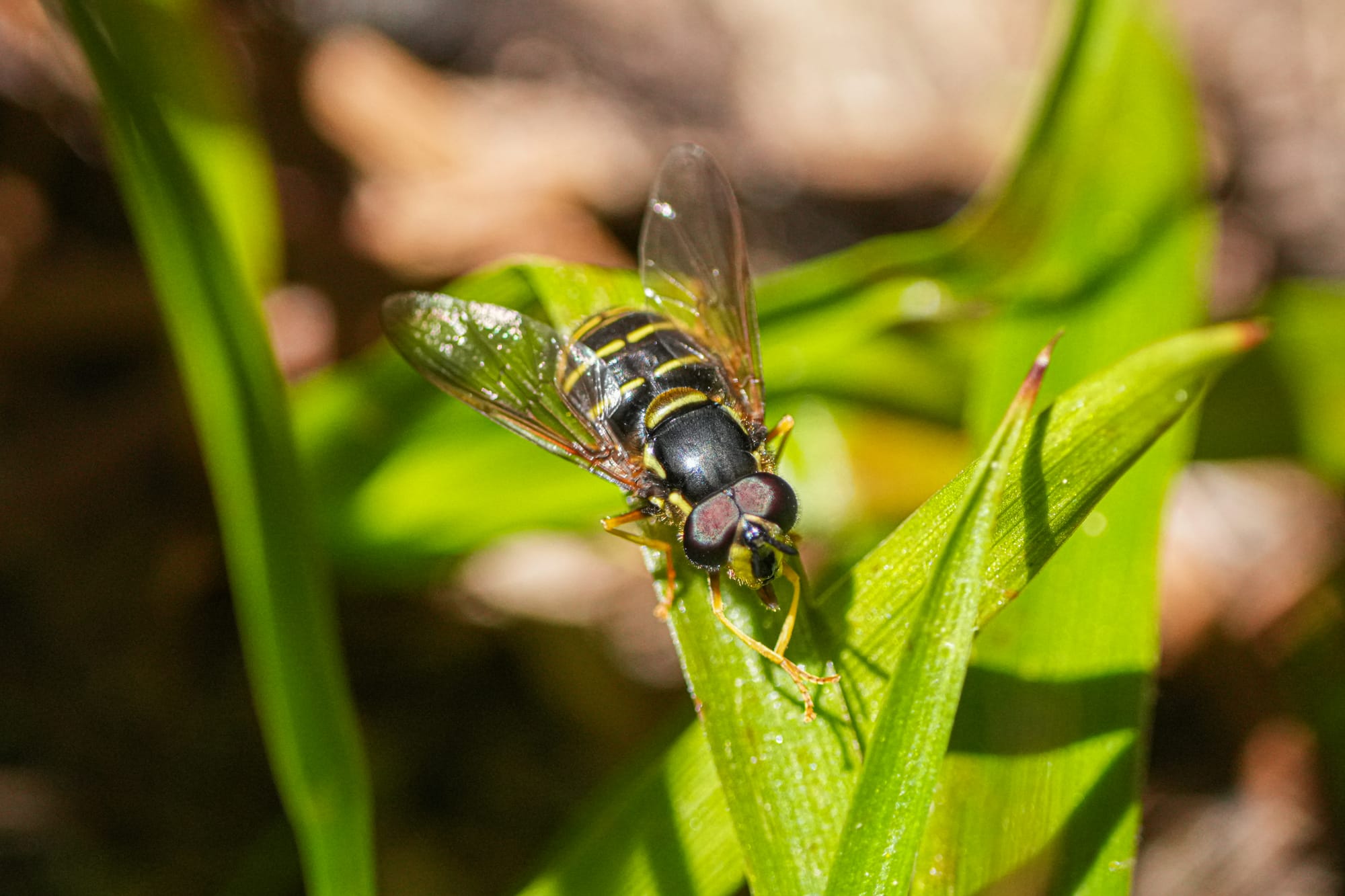
At the same time, females use hovering as a way to methodically scan foliage while looking for small, hidden colonies of aphids. Because aphid colonies are ephemeral resources quickly attacked by other aphid-eating insects and parasites, the top priority for a female hoverfly is to find an aphid colony while it's still young and inconspicuous, and before any other competitor has found it.
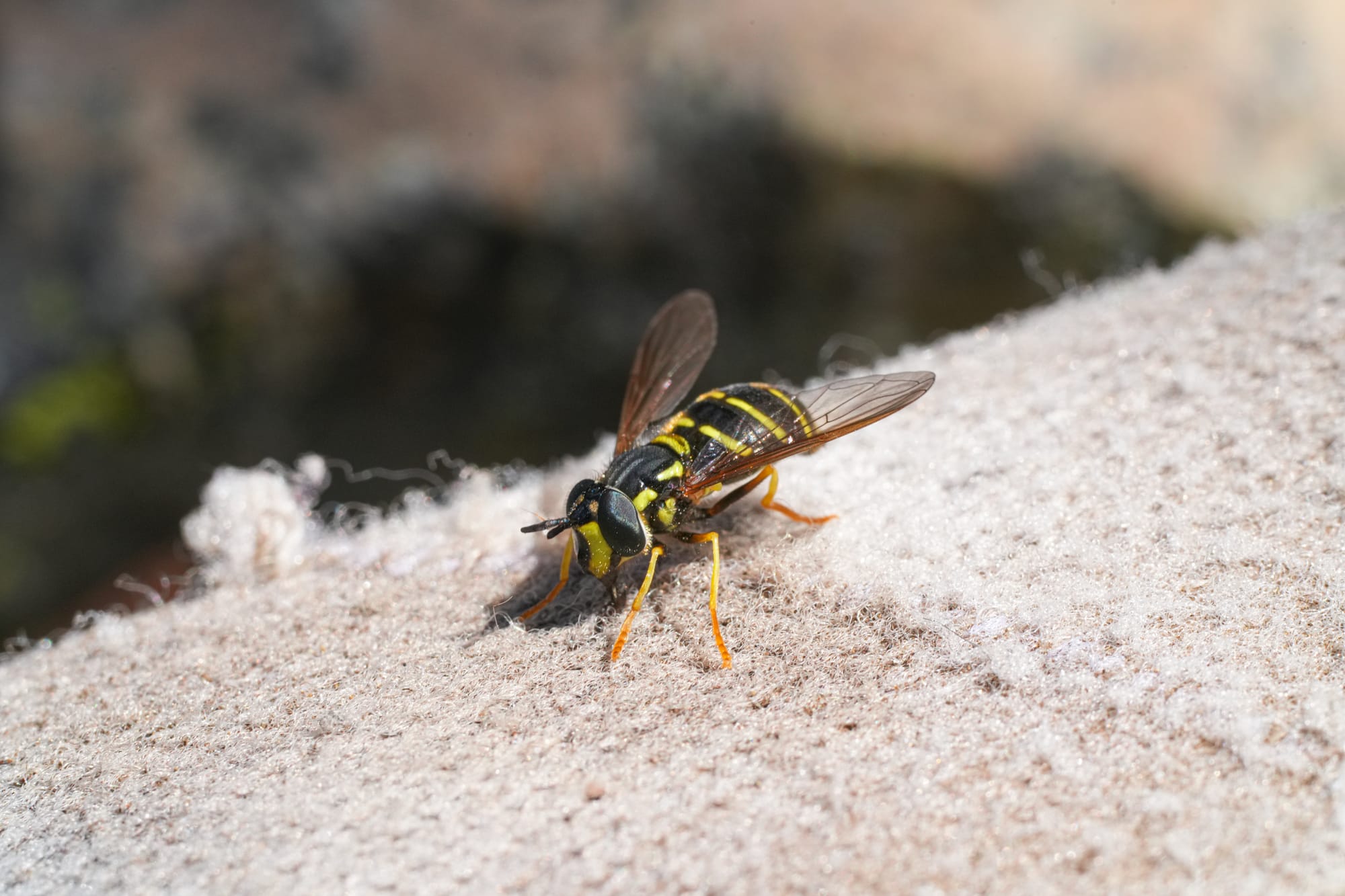
This fact alone is one of the key reasons why people have started paying attention to hoverflies. While honeybee and wild bee populations have been in sharp decline all over the world, hoverfly populations have remained consistently high which means their pollination and aphid-eating services are becoming more and more important with each passing year.
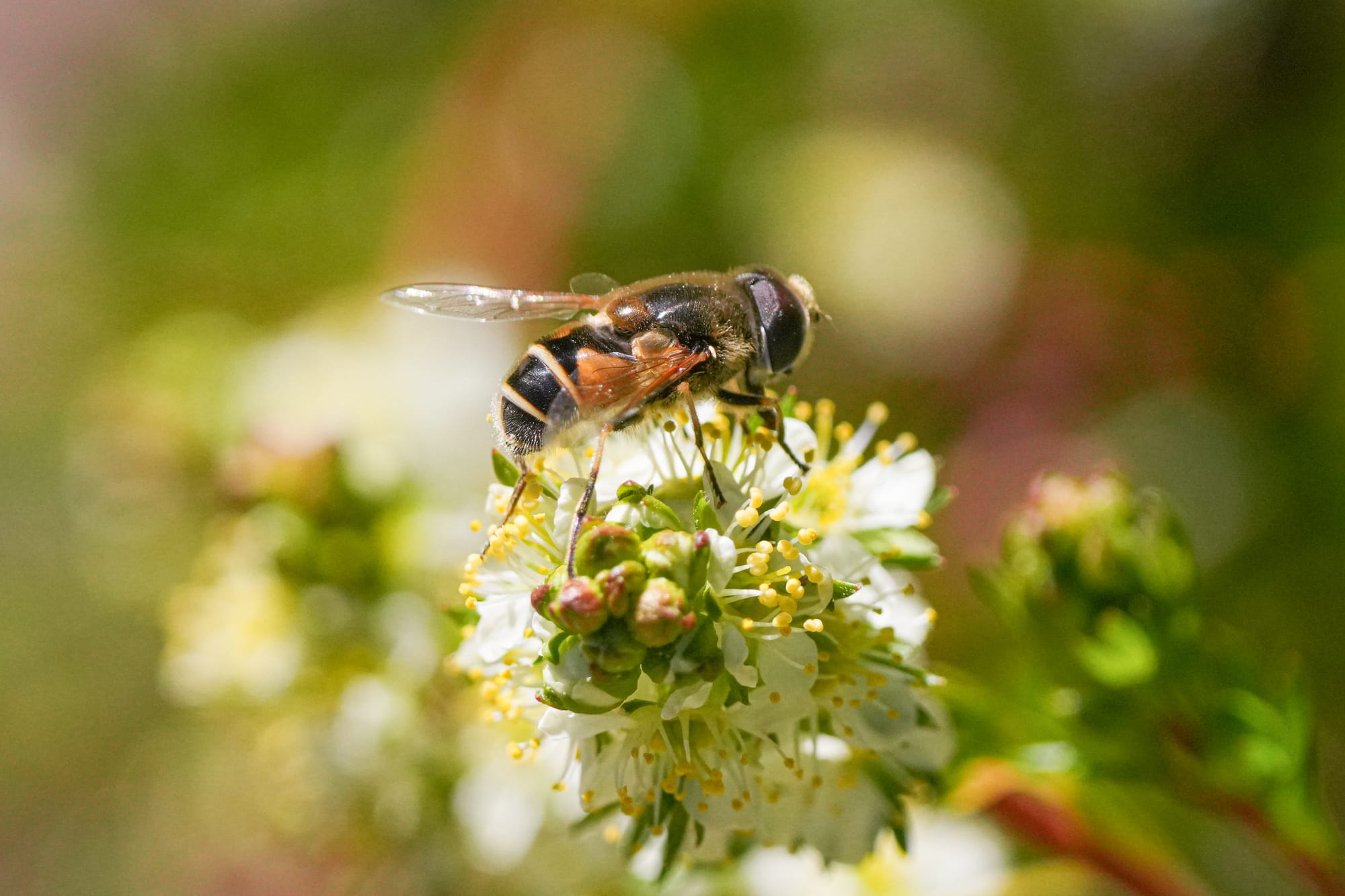
And because hoverflies are so beneficial for many of our food crops, there are now a growing number of initiatives in many countries to add wildflowers and native plants around agricultural fields, or otherwise promote and protect hoverflies.
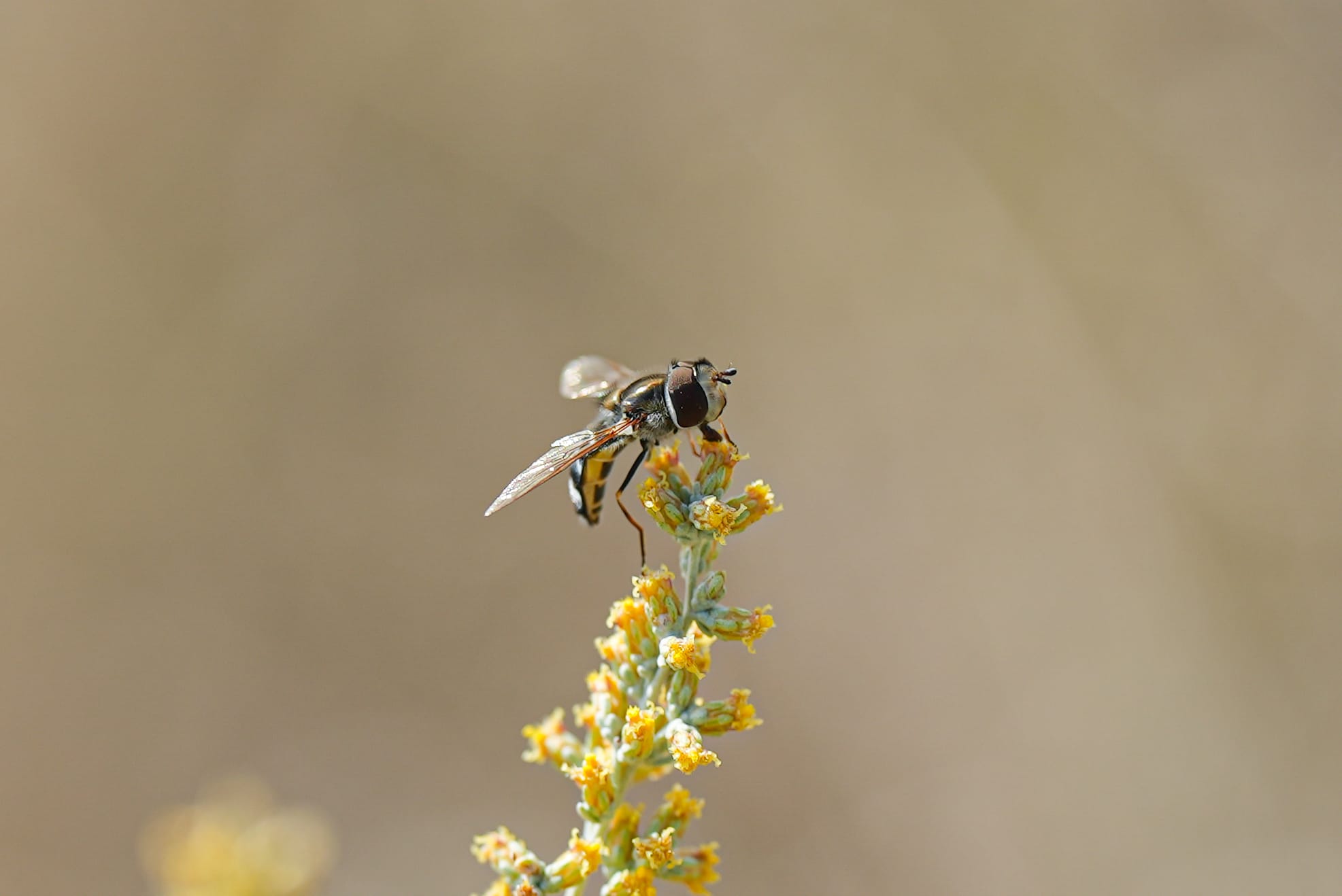
It's a lot of work for an overlooked fly we've just starting to pay attention to.
Further Reading:

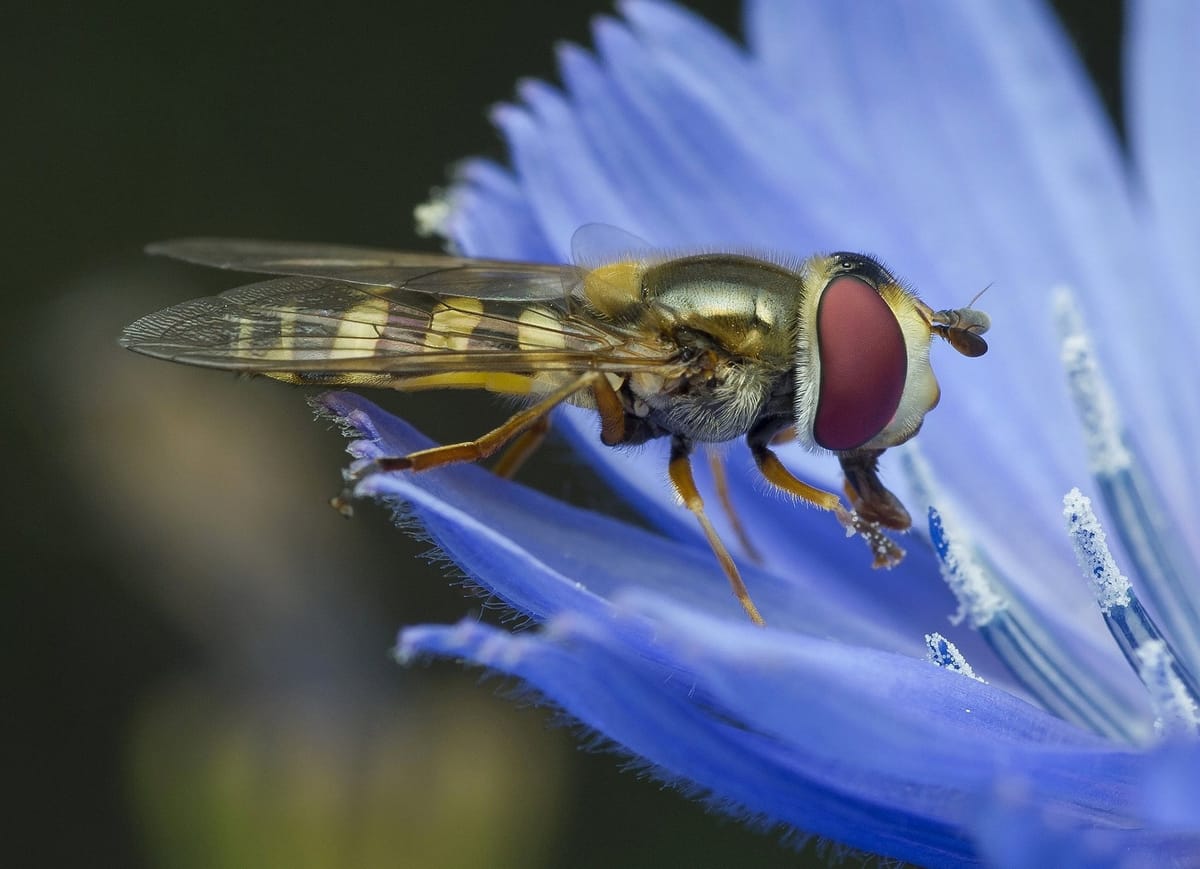
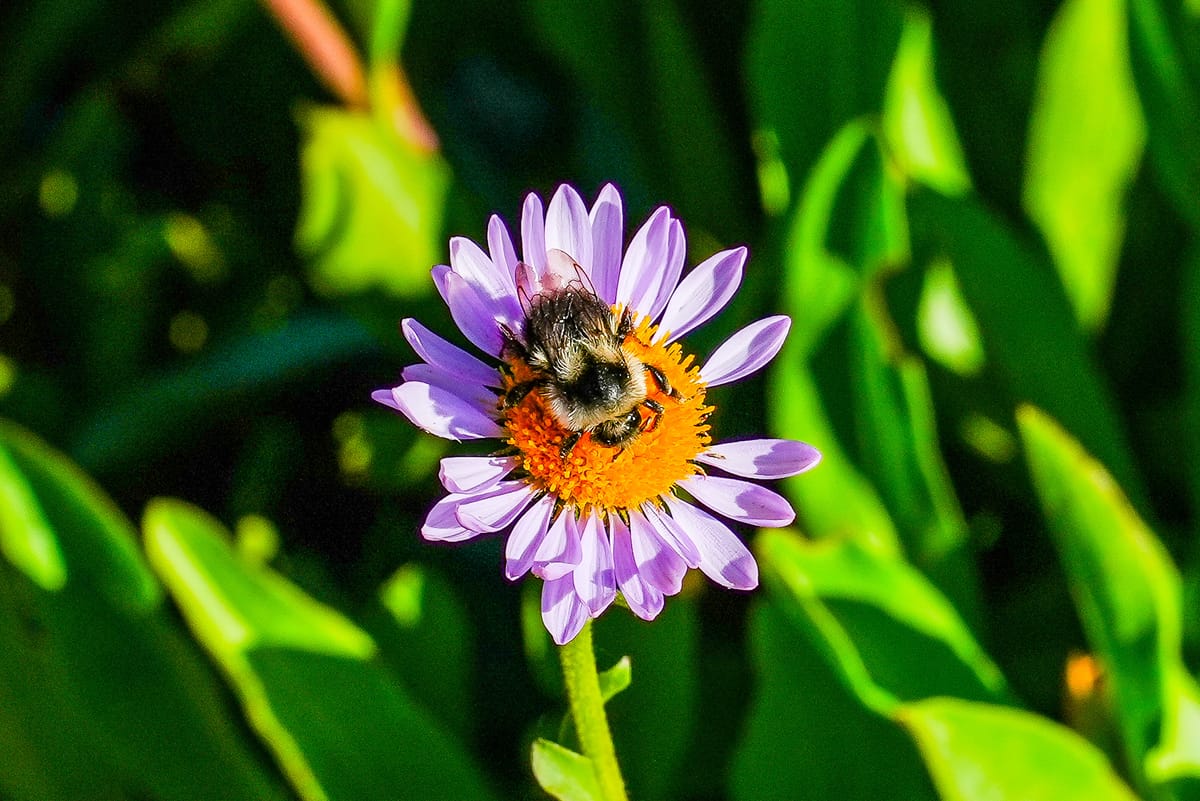




Member discussion